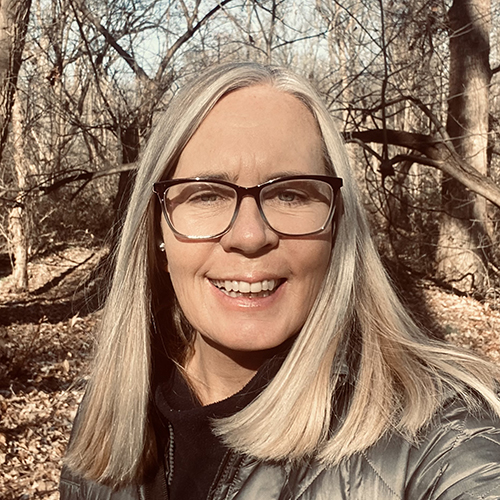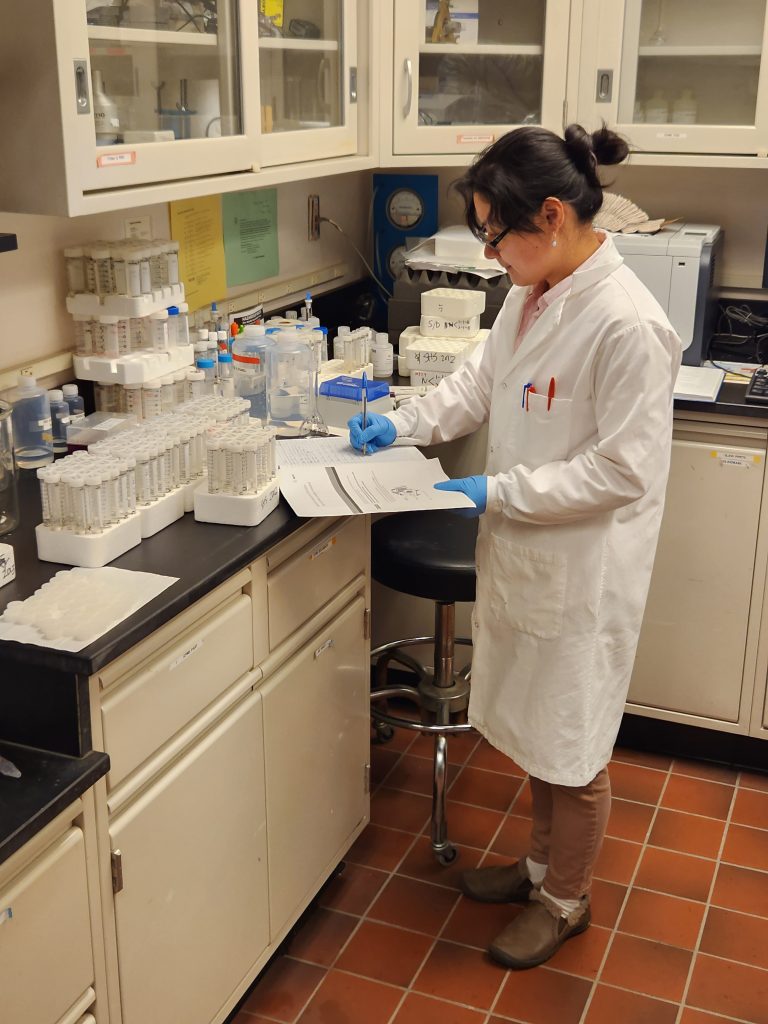Normal
0
false
false
false
EN-US
X-NONE
X-NONE
/* Style Definitions */
table.MsoNormalTable
{mso-style-name:"Table Normal";
mso-tstyle-rowband-size:0;
mso-tstyle-colband-size:0;
mso-style-noshow:yes;
mso-style-priority:99;
mso-style-parent:"";
mso-padding-alt:0in 5.4pt 0in 5.4pt;
mso-para-margin-top:0in;
mso-para-margin-right:0in;
mso-para-margin-bottom:8.0pt;
mso-para-margin-left:0in;
line-height:107%;
mso-pagination:widow-orphan;
font-size:11.0pt;
font-family:"Calibri",sans-serif;
mso-ascii-font-family:Calibri;
mso-ascii-theme-font:minor-latin;
mso-hansi-font-family:Calibri;
mso-hansi-theme-font:minor-latin;
mso-bidi-font-family:"Times New Roman";
mso-bidi-theme-font:minor-bidi;}
Normal
0
false
false
false
EN-US
X-NONE
X-NONE
/* Style Definitions */
table.MsoNormalTable
{mso-style-name:"Table Normal";
mso-tstyle-rowband-size:0;
mso-tstyle-colband-size:0;
mso-style-noshow:yes;
mso-style-priority:99;
mso-style-parent:"";
mso-padding-alt:0in 5.4pt 0in 5.4pt;
mso-para-margin-top:0in;
mso-para-margin-right:0in;
mso-para-margin-bottom:8.0pt;
mso-para-margin-left:0in;
line-height:107%;
mso-pagination:widow-orphan;
font-size:11.0pt;
font-family:"Calibri",sans-serif;
mso-ascii-font-family:Calibri;
mso-ascii-theme-font:minor-latin;
mso-hansi-font-family:Calibri;
mso-hansi-theme-font:minor-latin;
mso-bidi-font-family:"Times New Roman";
mso-bidi-theme-font:minor-bidi;}
Normal
0
false
false
false
EN-US
X-NONE
X-NONE
/* Style Definitions */
table.MsoNormalTable
{mso-style-name:"Table Normal";
mso-tstyle-rowband-size:0;
mso-tstyle-colband-size:0;
mso-style-noshow:yes;
mso-style-priority:99;
mso-style-parent:"";
mso-padding-alt:0in 5.4pt 0in 5.4pt;
mso-para-margin-top:0in;
mso-para-margin-right:0in;
mso-para-margin-bottom:8.0pt;
mso-para-margin-left:0in;
line-height:107%;
mso-pagination:widow-orphan;
font-size:11.0pt;
font-family:"Calibri",sans-serif;
mso-ascii-font-family:Calibri;
mso-ascii-theme-font:minor-latin;
mso-hansi-font-family:Calibri;
mso-hansi-theme-font:minor-latin;
mso-bidi-font-family:"Times New Roman";
mso-bidi-theme-font:minor-bidi;}
At the 2022 American Geophysical Meeting (December 12-16, 2022), Cheryl Yao, Meadowlands Research and Restoration Institute (MRRI) Chief Chemist/Laboratory Supervisor, presented MRRI’s research publication, "Effects of Climate Change on Redistribution of Trace Metals in Tidal Wetlands.”
This study investigated the redistribution of trace metals from legacy-contaminated tidal wetlands due to extended drought periods and storms. Two shallow groundwater monitoring wells were established at the high marsh and low marsh areas in the Hackensack River Estuary near Secaucus, New Jersey. (Secaucus High School marsh, SHS). Research found that variations in groundwater levels were strongly associated with storm events.
The combined effects of inundation and precipitation affected the groundwater level and influenced the patterns of trace metal movement. The observed metal transport process is associated with the increased extreme weather events that will become more common as predicted by climate change. During the wet-to-drought transition period, trace metals seem to be released into the shallow groundwater with the facilitation of Fe, Mn, or Al-bearing colloids. The observed metal transport process is associated with the increased extreme weather events that will become more common as predicted by climate change.
MRRI is currently working on several studies to better understand how to increase the resiliency of Meadowlands District wetlands to climate change, such as sea level rise and increased extreme weather events.
Terry Doss, Co-Director and Chief Restoration Scientist for the Meadowlands Research & Restoration Institute, took part in two conferences at the end of 2022, highlighting both past and future Meadowlands ecological restoration projects.
On November 29, 2022, Terry was part of a panel titled “Long Term Restoration Results and Lessons Learned in the NY-NJ Harbor Estuary,” whose focus was on looking back over the past decades to determine how successful our wetland restoration efforts were in achieving biodiversity and ecosystem service goals matching those of a natural wetland. The panel was moderated by Judith Weis, Professor Emerita from Rutgers University, and Lisa Baron, US Army Corps of Engineers. Joining Terry on the panel were Patti Rafferty - National Park Service, Marit Larson - NYC Parks, and Carl Alderson - National Oceanic and Atmospheric Administration. While it has been known for about two decades that a newly restored marsh may look like a natural one, it takes a restored site decades to achieve the biodiversity and ecosystem services of a natural marsh.
Terry’s talk, entitled The NJ Meadowlands: Long-Term Results and Lessons Learned, summarized the efforts undertaken to restore 31 separate sites in the Meadowlands. The restored sites range in age from 1 to 40 years, beginning with the restoration of DeKorte Park. The sizes of the sites range from less than 1 acre to over 200 acres, and represent over 1,000 acres of restored marsh and adjacent lands within the District.
The following week, beginning December 5, Terry attended and presented at the Restore America’s Estuaries Coastal & Estuarine Summit in New Orleans, LA. The purpose of the Summit was to bring together the coastal restoration and management communities to explore issues, solutions and lessons learned. These topics are crucial as coastal communities pursue new, more robust strategies to effectively manage, protect and restore natural resources in a changing climate.
Terry’s presentation, entitled Understanding the Adaptive Capacity of the Sawmill Creek Marshes to Lessen Climate Change Vulnerability in the NJ Meadowlands, was a summary of the MRRI team’s work accomplished to date for a study being funded by a USEPA Wetland Program Development Grant. This study seeks to answer the question - given increasing rates of sea level rise, how we can best assist in the recovery of this important ecosystem, and restore the services and functions needed in this changing climate with a focus on carbon sequestration.
To date, the team has developed remotely sensed data sets and biological benchmarks, and conducted a series of field surveys to better assess the current hydrological and ecological state of the site. LIDAR elevation data was obtained in March 2022, and was complemented by our tidal datum analysis and biological benchmark dataset, allowing MRRI to better understand the micro-hydrology within the site and its hydraulic connections to the Hackensack River Estuary.
Preliminary comparison of 2014 and 2022 Q1 LiDAR imagery projects an accreting inner marsh area with eroding marsh edges and a fairly stable mudflat area. Sediment Elevation Table measurements completed with biological benchmark records support the findings, while warning that the marsh accretion is not keeping up with the future predicted sea level rise rate (8mm/year) in the area.
Other studies reported on include carbon flux measurements in Sawmill’s vegetated and mudflat areas, hyperspectral imagery providing an overview of the area’s habitat composition, and continuous water quality and elevation gage data. The results from this three-year study will inform future ecosystem restoration strategies and aid in testing future marsh sensitivity and adaptability to climate and sea level changes



